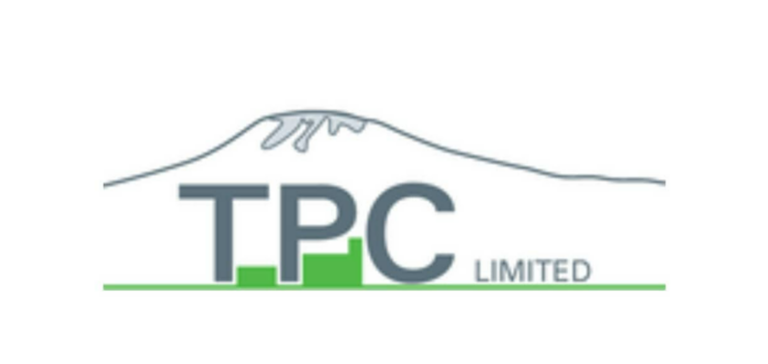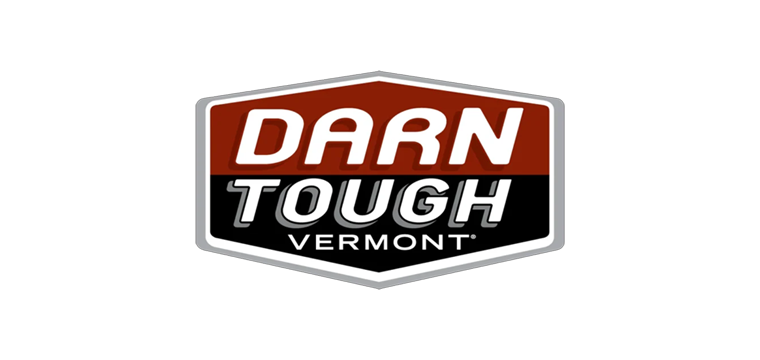How an aged care organization improved efficiencies for a staff of 1,000 +
Background
Southern Cross Care Queensland (SCCQ) is a not-for-profit organization established over 40 years ago by the Knights of the Southern Cross, an Australia-wide organization of Catholic laymen, to provide compassionate care to our ageing population.
SCCQ employs over 1,000 staff who provide services for more than 2,200 people across Queensland which incorporate 13 residential aged care homes, five retirement villages as well as community and home care services which support 1,100 clients in their home.
Challenge
“Multi-faceted and geographically dispersed, the organization suffered from inefficiencies, including duplication and triplication of routine tasks such as manual data entry.”
Multiple sites, activities and systems relied on the manual processing of data. This often meant a repetition of data entry tasks for staff members which impacted their productivity and increased the risk of human error.
SCCQ sought to reduce routine tasks that were inefficient, such as multiple data entries, and significantly improve efficiencies and productivity and to extract more business value from existing IT assets to better support staff operating in various operational streams and in clinical, administrative and support roles at sites.
“To eliminate repetitive tasks, we needed to be more efficient and we knew this would be achieved by automating and integrating our systems and solutions,” says Kristin Bradic, SCCQ’s Solutions Development Manager.
“We wanted to do more with what we had, and Jitterbit ticked all of our boxes. In addition to its potential to streamline operations and reduce inefficiencies across the entire organization, it also offered the best value for money in terms of total cost of ownership to our organisation. Plus, it’s easy to use, secure and has pre-existing connectors available,” Kristin said.
Improved efficiencies to extract more value from existing assets
The key objective was to improve efficiencies and productivity by automating manual, repetitive tasks such as data entry, and therefore extract more business value from the organization’s existing staff and IT assets, by freeing up their time to focus on more valuable business tasks and care.
“Our goal is to grow communities where people can live their best lives. To achieve that we needed to be more efficient by automating and integrating our systems and solutions, thereby eliminating low value and repetitive tasks as much as possible”, says Bradic.
Before:
- Disparate data sets housed in different locations. A heavy reliance on manual processing; duplication and even triplication of tasks was common across the organisation – meaning wasted time and lower productivity
- Minimal collaboration between various business streams and service areas across the organisation and no single overview of the organisation – to be able to improve overall efficiencies
- No single source of truth for each dataset – which led to inefficiencies and repetition
- No automation of baseline data and reporting to improve inefficiencies and deliver care in a timely manner
After:
- Integrations across the business have significantly improved workflow efficiencies, reporting and productivity
- Increased access to information has enhanced the ability to aggregate, analyse and improve the quality of data, leading to more informed business decisions and importantly to better support staff in their roles to deliver resident and client care
- Significant reduction in manual duplication of data and repetitive work
- Simpler more streamlined and productive working day for staff mean they were able to deliver a higher level of care to residents and clients
Solution
Integration and automation of key business systems and tasks eliminated time-consuming manual processing that often involved the duplication and triplication of data
The organization viewed Jitterbit as a means of streamlining and automating many core business processes, with a focus on data management, to create a single source of truth for each of the organization’s data sets that would be readily accessible to all staff across a range of locations in a timely and efficient manner.
“The initial standup of Jitterbit was done internally in our organization with assistance from Jitterbit professional services,” says Bradic. “Beyond that, Jitterbit PS was used to assist in connecting the first endpoints given the level of security required.”
“Jitterbit in effect has transformed the way the organization works by integrating different systems and applications and automating many tasks. For example, being able to automatically extract data from a number of sources has not only improved efficiencies and staff productivity but has also delivered a much higher level of control.
“To date, Jitterbit has enabled integrations involving Care Management, ERP/Billing/Purchasing, People Systems, SQL Data Warehouse and File Share, comprising a combination of HTTP, SFTP and Database endpoints.
“The improved consistency and availability of time-driven and clinical data not only helps to make better business decisions; significant time savings have enabled staff to redirect their time and undertake other activities which can better support people in their care.
“Jitterbit also offered the best value for money in terms of total cost of ownership. We evaluated a number of other systems and Jitterbit demonstrated the best value in terms of cost and achieving our ultimate goal. It has been easy to set up and implement. When we have needed to reach out to Jitterbit Support, we have always found them to be responsive and helpful. It’s rare that our issues are not resolved with the initial response or with a quick call to share our screens and troubleshoot,” Bradic says.
Jitterbit has definitely affected productivity in a positive way. The integration process has significantly improved our reporting across the business, and as we introduce more automation and integration, staff are starting to think differently about how they do things…”
Kristin Bradic, Solutions Development Manager, Southern Cross Care Qld
Results & Benefits
Kristin Bradic, Solutions Development Manager, Southern Cross Care Queensland states that the project’s success directly correlates with the benefits that have been realized – among them significant productivity gains plus improved access to timely information and clinical data, which in turn has meant improved workflow and efficiencies, better business decisions and better supported staff in their delivery of resident and client care.
“Jitterbit has enabled our staff to reduce repetitive work and the risks associated with multiple entries of the same data, such as correcting and verifying the data which can result from human error.
“Jitterbit is now widely used within our organisation and it has become front of mind across various departments when considering ways to improve processes. There is active collaboration between our development team, the business and (where applicable) software vendors to develop the most appropriate solution.
“It has also set us up for a better future, with application flexibility that will significantly expand the scope of what we can do in the future,” Bradic said.
Since successfully completing the integration, SCCQ has improved productivity across the business and achieved significant time savings enabling staff to redirect their time and undertake activities to better support people under their care.


